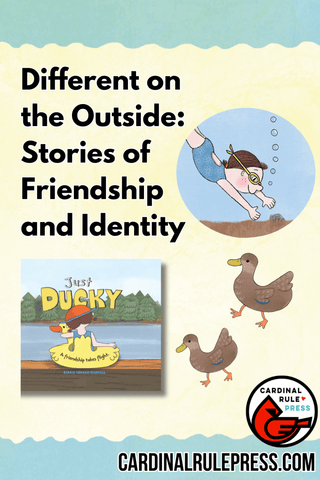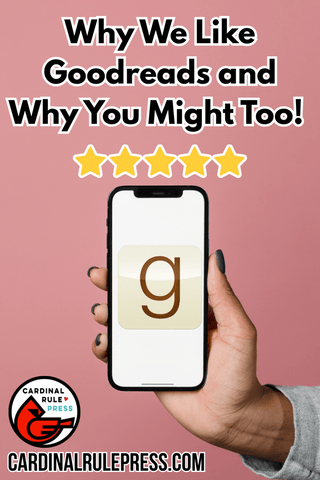 The start of the school year can be daunting for everyone involved: kids, parents, and teachers. Getting prepared for the rapidly approaching school year is no easy feat, and while the obvious, like pencils, markers, and notebooks, are probably already jotted down, it's easy to forget about behavioral and mental preparedness. Luckily, the wonderful author Carol McCloud has you covered with her Bucket Filler series.
The start of the school year can be daunting for everyone involved: kids, parents, and teachers. Getting prepared for the rapidly approaching school year is no easy feat, and while the obvious, like pencils, markers, and notebooks, are probably already jotted down, it's easy to forget about behavioral and mental preparedness. Luckily, the wonderful author Carol McCloud has you covered with her Bucket Filler series.
In her series, everyone has an invisible bucket they carry around all the time. These buckets represent a person’s mental and emotional self, and any good deed, kind word, or generous action you perform fills up not only their bucket but yours as well. Her books convey the message that being kind to others is being kind to yourself.
Filling a bucket can be as easy as giving someone a friendly smile or an earnest compliment. Bucket filling is about being kind and respectful--showing people you care. A great way to end the day is to have your kids reflect on all the ways they have had their buckets filled and filled other peoples’.
In McCloud’s books, she shows that being positive and respectful is uplifting and creates a ripple effect of joy in the community. She shows children that being kind makes you a person people want to be around and want to be friends with. The messages in the bucket filler series are vital lessons to impart to children who are about to head back into the classroom or enter one for the first time.
These books can be incredibly helpful teaching tools for parents and teachers alike. You can check out McCloud’s website and find a wealth of information on where the idea of bucket filling comes from, as well as activities related to bucket filling, such as online jigsaw puzzles, word searches, coloring sheets, and more.
Get your FREE Back-To-School with Bucketfilling Lesson Plans from Cardinal Rule Press. Click HERE for your freebie!

For teachers who want to create a respectful and cooperative classroom environment, McCloud also has a collection of wonderful lesson plans that can be a helpful tool for integrating these ideas into your classroom. There are also free readings of some of her books, such as Have You Filled a Bucket Today? A Guide to Daily Happiness for Kids, on YouTube.
These books are incredibly helpful as they give children the vocabulary to talk about their mental and emotional well-being. McCloud also introduces concepts of bucket dipping, which is the opposite of filling. A person can bucket dip by being rude, making fun of someone, or saying unkind things. Kids needn’t fret though, these dips can usually be repaired with a swift and sincere apology.
Another important concept McCloud includes is teaching children to use their ‘lids.’ This refers to a mental ‘shield’ designed to protect the good thoughts and feelings in your bucket from other people’s bucket dipping. By encouraging children to consciously think through situations as soon as they feel the unpleasant emotions, they will hopefully develop a stronger sense of self-awareness and self-management.
As children head back into classrooms and are faced with new faces, situations, and feelings, teaching them to be bucket fillers will help their interpersonal skills and help create a dialogue for you as parents, guardians, or teachers to be able to talk to them about how they are feeling mentally and emotionally as they go through this nerve-wracking transition.
This bucket-filling concept has been around for a long time and is based on positive and strength-based psychology. Positive psychology is the science and study of the positive qualities of life, which helps individuals build lives of purpose and meaning instead of merely surviving. Strength-based psychology is a type of positive thinking psychology that focuses on your inner strength and unique abilities rather than your weaknesses. Combining these two types of psychology to promote positive character development is a must for this upcoming school year (and every year after!).
Don't forget your FREE Lesson Plans HERE!
Ella Shauman has recently graduated from the University of Michigan with a bachelor’s degree in English Language and Literature. She loves to travel, try new restaurants, and spend time with family and friends in her free time.



Leave a comment